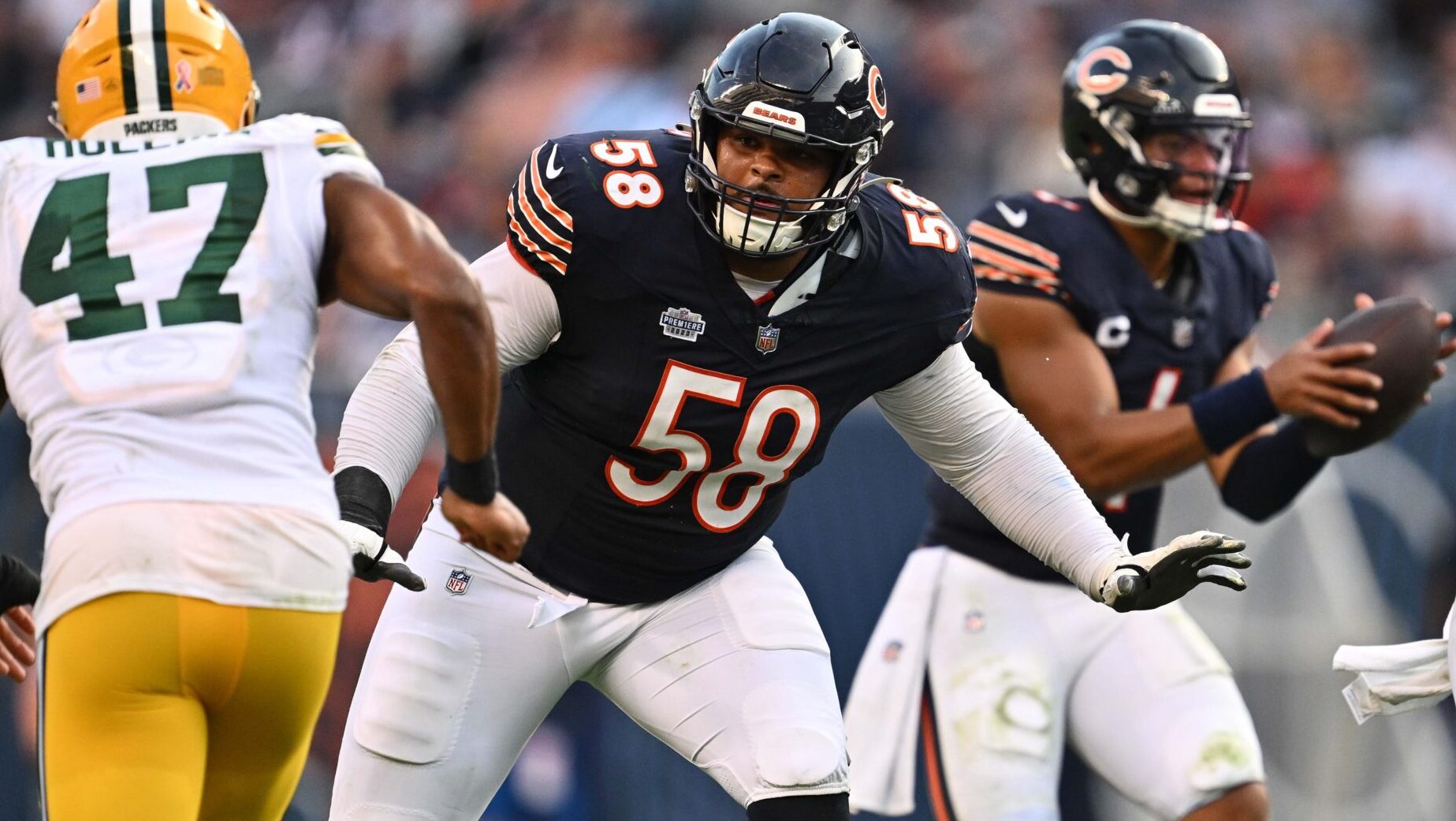Analysis
6/19/22
5 min read
How Do NFL Players Earn an 'F' Injury Grade from Scouts?

The best ability is availability. It is a phrase that everyone has heard at some point in their life, but it applies particularly well to the NFL where it does not matter how good a player is if they are not on the field due to injury.
In our most recent Wednesday Huddle, The 33rd Team took the opportunity to explore how injury grades are applied to and used within the world of NFL scouting with Mike Giddings, President of Pro Scout Inc.
Giddings began by breaking down his basic scale that is used for injury grading:
“It’s basically a school report card. [Everyone] comes into the league as a ‘C’ player. If you play 16 games and don't miss any due to injury or suspension for two years you go to ‘B’, three years in a row you go to ‘A’. If you miss one game in a season, we take you to ‘C-’, if you miss two or more in a season, we take you to ‘D’, two or more games for two years in a row we take you to ‘D-’. And two games or more for three straight seasons we take you to ‘F’.”
Players can continually move up and down that scale from season to season based on how their injury profile turns out, but what stands out to Giddings is how few players ever reach the upper tiers of that system: “It’s pretty astounding that there are very few players that ever play 16, now 17, games and produce at a starter level.”
https://www.youtube.com/watch?v=LcUWsNcJ-Fg
According to Giddings, over the past five years there has been close to $500 million dollars spent on unrestricted free agents that had “F” injury grades that did not play to a starting level the following season. Over that time span, out of 283 “F” graded players signed, only 5 (1.8%) graded out as blue (high level starter in Giddings’ colored grading system), and 10 (3.5%) graded out as red (good starter level).
“In reality, if you’re an F injury unrestricted free agent or an F injury player on a roster, who has never had a blue or red season, it would be a huge red flag. The injury grade is kind of a warning to be careful of not having too many D, D-, F injuries on your roster. An example last year would be Baltimore and the corner position. Going into training camp, except for [Marlon] Humphrey, every veteran corner for Baltimore was either D, D-, or F. And as we all know they got plagued by injury.”
For Giddings, a smart strategy is to avoid signing or paying large sums to F injury free agents. Citing recent examples, Giddings said: “Will Fuller last year in Miami. F injury and got $10 million. Jason Verrett played one game before he got hurt again. He got $5.2 million.”
Hall of Fame GM Bill Polian, who used Giddings’ Pro Scout throughout his career, weighed in on how he used Pro Scout’s injury grades:
“If Pro Scout had someone with an F injury, we eliminated him from the board. Pro Scout’s production odds studies are accurate,” Polian said.
When asked about alternatives for a team such as Baltimore last season, Giddings replied:
“It's Pro Scout’s Axiom-12, don't back up a strike or F injury player with another strike or F injury player. If you’re going to have an F injury player number one [on the depth chart], he has to be a former blue graded player and we better make sure his backup is an A or B injury player.”
At this point in the discussion a former NFL GM who used Giddings’ Pro Scout service chimed in with his thoughts:
“Injury was a major concern for us, and if Gidds had an F injury grade on a guy we made sure that those guys got thorough physicals if we brought them in. Very detailed and not just a glance over what we got from other teams. It really helped us. With resources as limited as they are and when you’re up against the cap, paying for a player and him not being available gives you such a competitive disadvantage.”
When asked about the quarterback position and how he views it through his injury lens, Giddings replied:
“As we know the quarterback position is a unique position, and it's the most important position in football…Great quarterbacks, or blue and red quarterbacks, they stay healthy. They may have a fluke injury and miss a year like Brady missed a year with the knee and Peyton [Manning] with the neck. But they don't get hurt and miss games…
“Most of them, the prototypical guys we always say is a guy who’s 6-foot-3 and 215 to 220 pounds or bigger, has a quick release to avoid hits, and is very smart to avoid getting hit in the pocket after the pass…There has been no F injury quarterback who’s gone on to put up consecutive blue or red years.”








